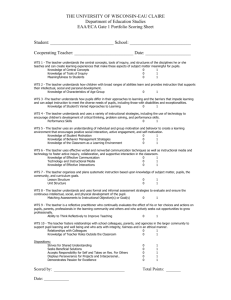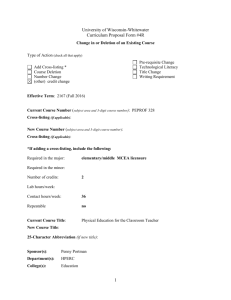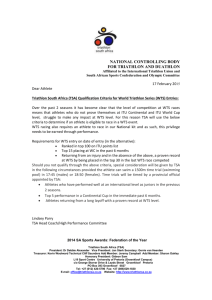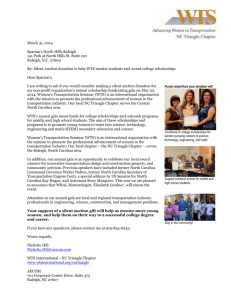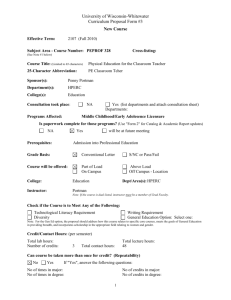Supplementary Figure Legends (doc 32K)
advertisement
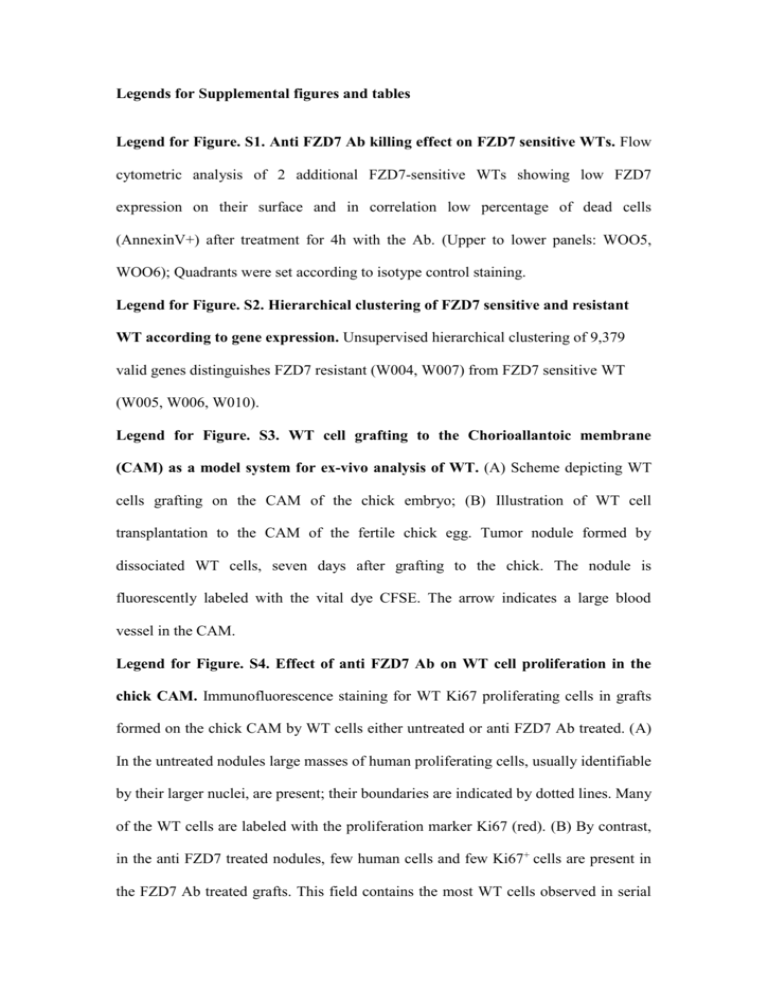
Legends for Supplemental figures and tables Legend for Figure. S1. Anti FZD7 Ab killing effect on FZD7 sensitive WTs. Flow cytometric analysis of 2 additional FZD7-sensitive WTs showing low FZD7 expression on their surface and in correlation low percentage of dead cells (AnnexinV+) after treatment for 4h with the Ab. (Upper to lower panels: WOO5, WOO6); Quadrants were set according to isotype control staining. Legend for Figure. S2. Hierarchical clustering of FZD7 sensitive and resistant WT according to gene expression. Unsupervised hierarchical clustering of 9,379 valid genes distinguishes FZD7 resistant (W004, W007) from FZD7 sensitive WT (W005, W006, W010). Legend for Figure. S3. WT cell grafting to the Chorioallantoic membrane (CAM) as a model system for ex-vivo analysis of WT. (A) Scheme depicting WT cells grafting on the CAM of the chick embryo; (B) Illustration of WT cell transplantation to the CAM of the fertile chick egg. Tumor nodule formed by dissociated WT cells, seven days after grafting to the chick. The nodule is fluorescently labeled with the vital dye CFSE. The arrow indicates a large blood vessel in the CAM. Legend for Figure. S4. Effect of anti FZD7 Ab on WT cell proliferation in the chick CAM. Immunofluorescence staining for WT Ki67 proliferating cells in grafts formed on the chick CAM by WT cells either untreated or anti FZD7 Ab treated. (A) In the untreated nodules large masses of human proliferating cells, usually identifiable by their larger nuclei, are present; their boundaries are indicated by dotted lines. Many of the WT cells are labeled with the proliferation marker Ki67 (red). (B) By contrast, in the anti FZD7 treated nodules, few human cells and few Ki67+ cells are present in the FZD7 Ab treated grafts. This field contains the most WT cells observed in serial sections through two Ab-treated grafts. Most other fields contained only individual cells. Scale bars=50µm. Legend for Figure. S5. Expression of Wnt inhibitors and Wnt pathway genes in WTs. qRT-PCR analysis for the relative expression of (C) Wnt pathway inhibitors: sFRP1 and DKK1 and (D) Wnt pathway genes: FZD7, CTNNB1 in the 6 Wilms’ tumors, show the FZD7-resistant WTs to express very low levels of the Wnt pathway inhibitors in comparison to FZD7-sensitive WT, while FZD7 and CTNNB1 are expressed at similar levels (slightly higher in the FZD7-resistant WTs) in all tumors analyzed. The values for WOO2 were used for normalization and therefore (=1) other values were calculated with respect to them. Results are the mean ± S.E.M of three separate experiments. Procedures Legend for table S1 Table of relevant up regulated genes in the two subtypes of WTs – FZD7 resistant and sensitive after unsupervised hierarchical clustering of a gene expression microarray, showing more proliferation and Wnt associated genes in the FZD7 resistant WT and more invasion/migration/metastatic, mesenchymal and neural associated genes in the FZD7 sensitive WTs. All WT analyzed are tri-phasic WTs.
